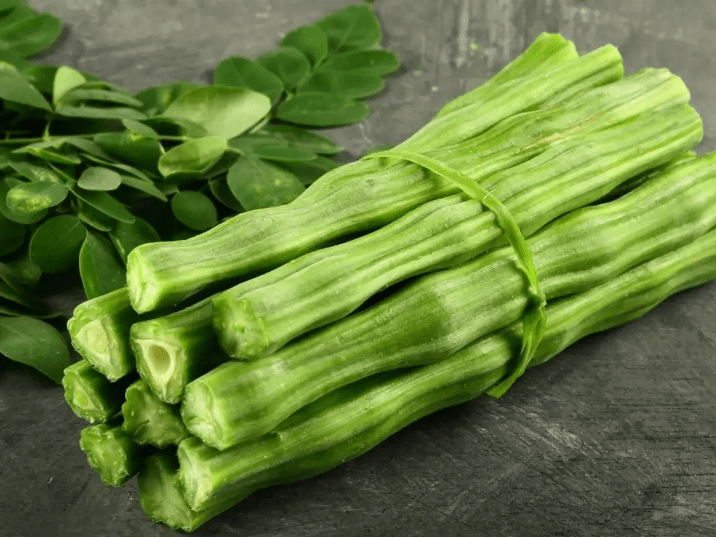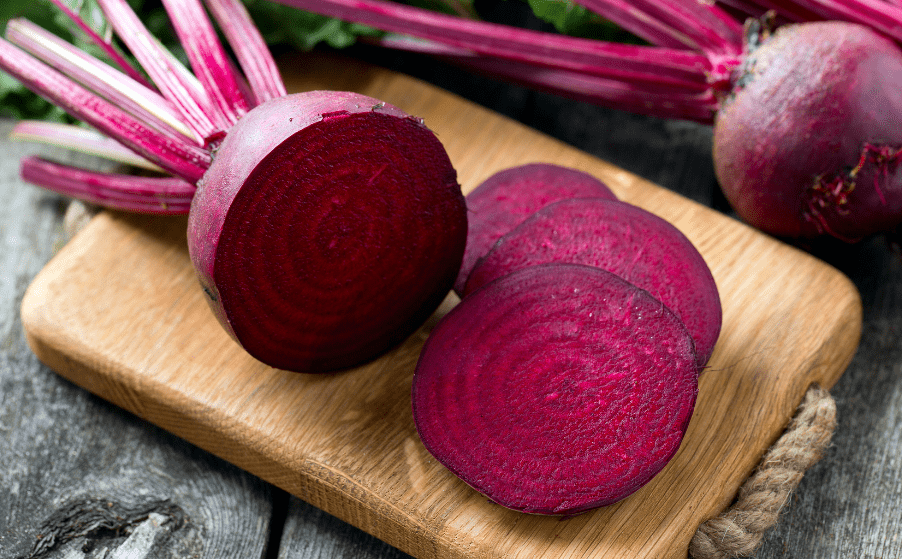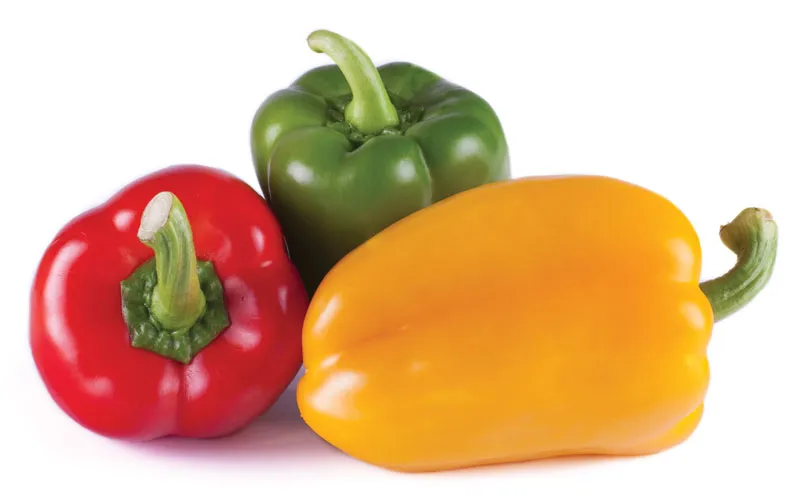
Description
Short, thick hairs that are either purplish or greenish-white in colour cover the young twigs and shoots. Drumstick leaves are alternate, tripinnately compound, and have 4-6 pairs of dark green, and 1-2 cm long leaflets on each pinnate. When the pods are young, they are green, but as they get older, they turn brownish.
Varieties
There are three different forms of drumstick: Shyama (the black variation), Shveta (the red variation), and Rakta (the white variety).
Uses
Young, green pods that have been cut up can be utilized in savory and meat dishes. Though many like to limit their use of it to curries, kormas, sambhar, and dals, it is a surprising vegetable that also makes delicious cutlets, among other things. Finely chopped tender drumstick is a great way to dress up salads, dals, sambhar, and other vegetables.

Nutrition
100 g of drumsticks contain:
Energy: 64 k Cal
9.4 g of protein
8.2 g of carbohydrates
Niacin, vitamin B3: 2.2 mg
Vitamin C: 51.7 mg
Fats: 1.4g
Dietary fiber: 2 g
Iron: 4 mg
Sodium: 9 mg
337 mg. of potassium
Cultivation
The Moringa/Drumstick plant thrives in sandy or loamy soil that is well-drained and has a pH range of 6.2 to neutral 7.0. It may live in coastal settings as well as in areas with poor soil.
Table





